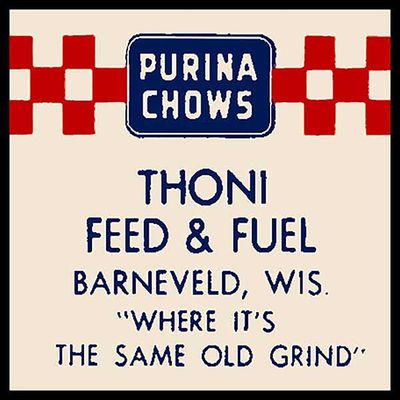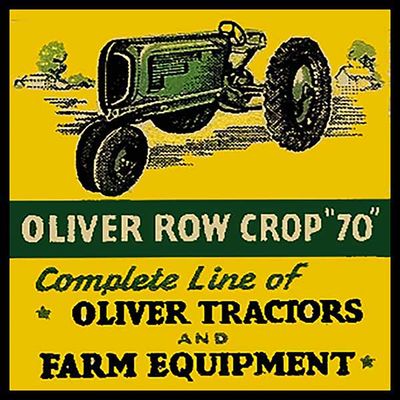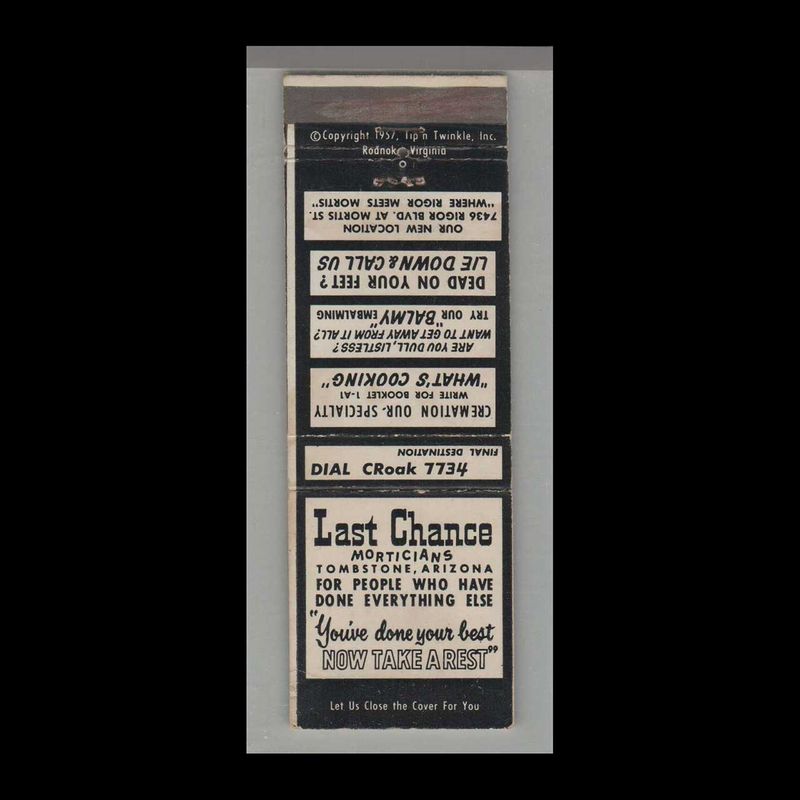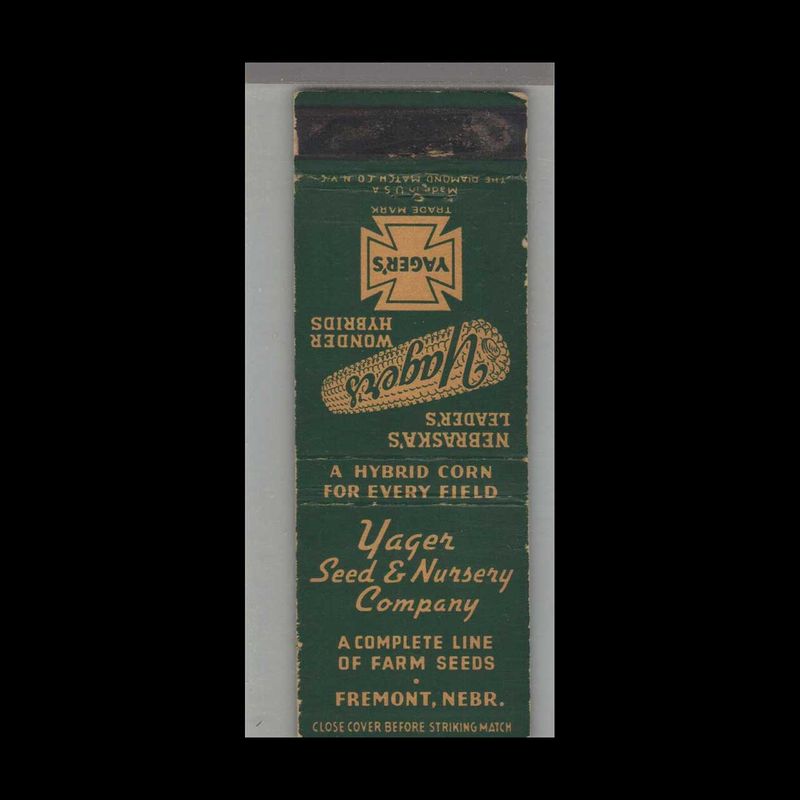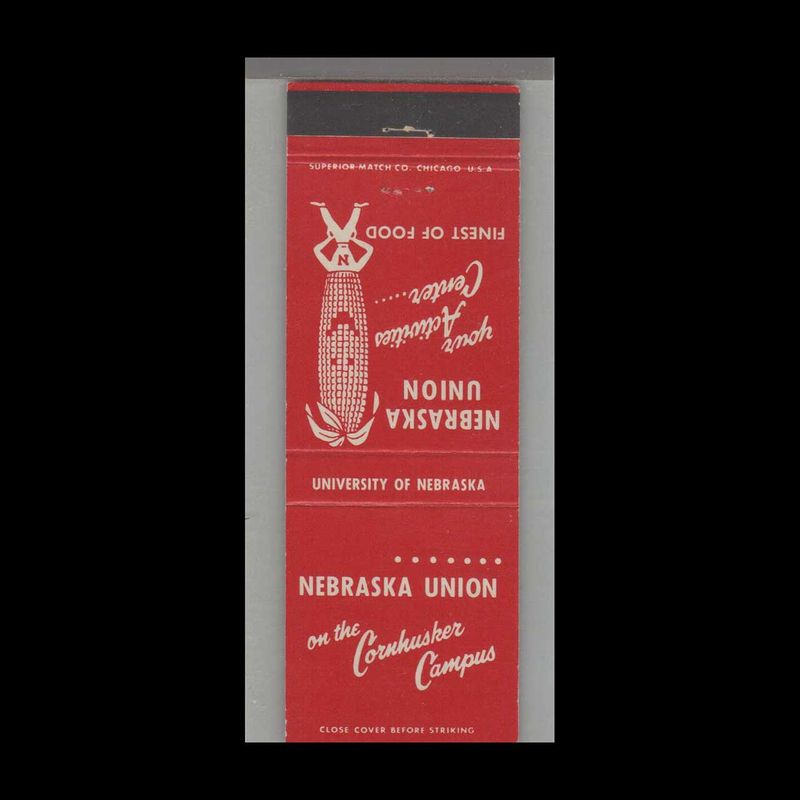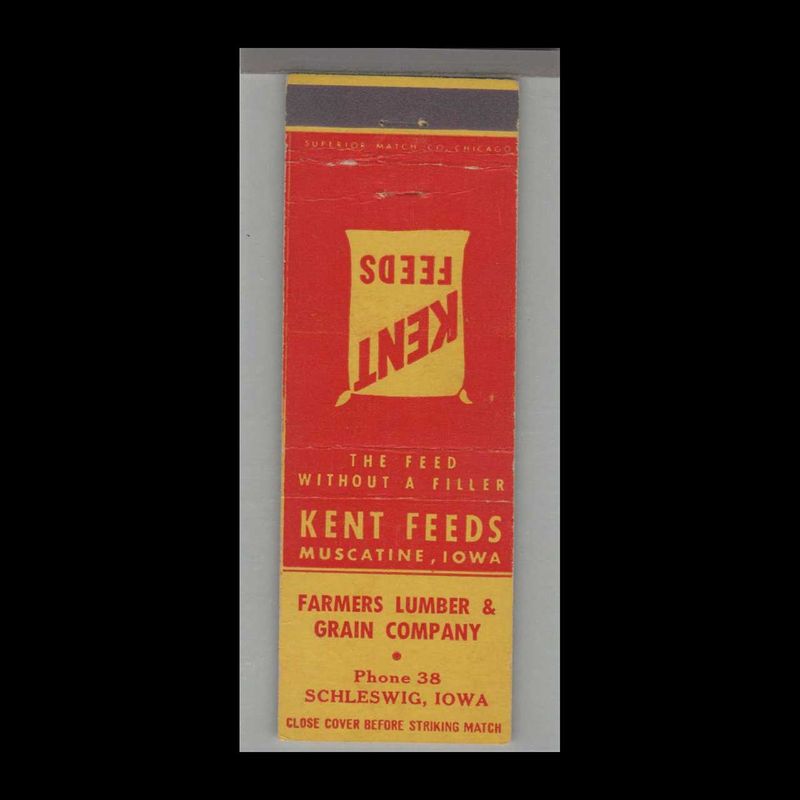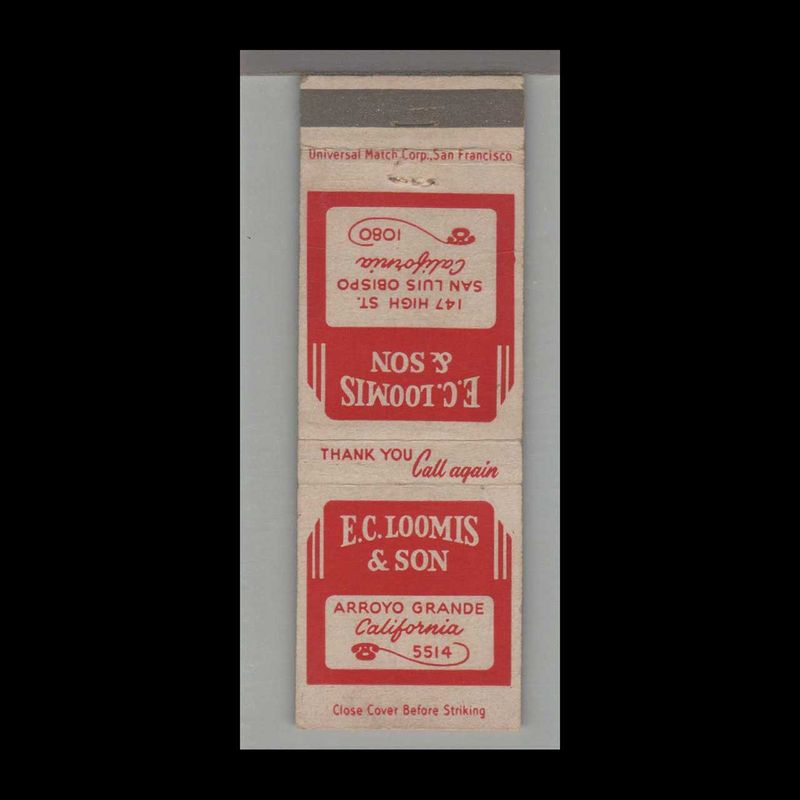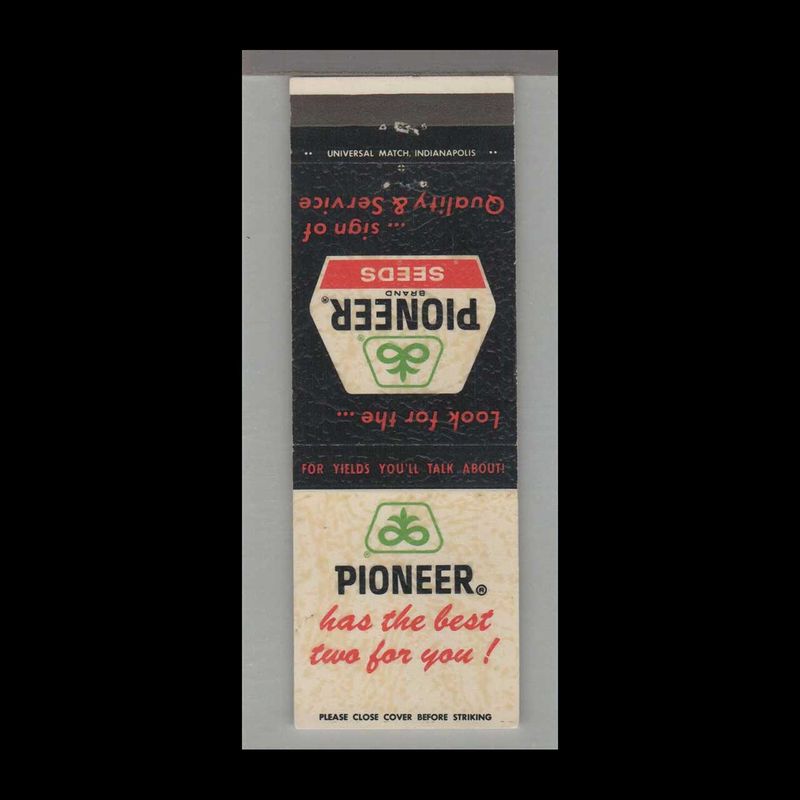Farm Related
Farming with Flair: How the Farm Industry Used Vintage Matchbooks to Promote Equipment, Seeds, Feeds, and More
In the mid-20th century, the farm industry found an innovative and practical way to promote its products: vintage matchbooks. These small, everyday items became a powerful marketing tool for companies selling farm equipment, seeds, feeds, and other related products. Through clever design and widespread distribution, matchbooks helped agricultural businesses reach a broad audience and foster loyalty among farmers and rural communities.
The Matchbook as a Miniature Billboard
Matchbooks were an ideal canvas for advertising, offering a compact yet highly visible space to showcase brand names, logos, and product images. Companies selling tractors, plows, and other farm equipment often adorned matchbooks with detailed illustrations of their latest models, emphasizing features like durability, efficiency, and technological innovation. Seed and feed companies, on the other hand, used vibrant images of crops, livestock, and pastoral scenes to convey the quality and productivity of their products.
Strategic Distribution
The strategic distribution of matchbooks played a crucial role in their effectiveness. Agricultural companies ensured that matchbooks were readily available in places frequented by farmers and rural communities. These included feed stores, equipment dealerships, grain elevators, and agricultural supply shops. Additionally, matchbooks were often handed out at county fairs, farm shows, and agricultural expos, where they could reach a concentrated audience of potential customers.
By placing matchbooks in these locations, companies ensured their advertisements were seen regularly, embedding their brand in the daily lives of farmers. The practical utility of matchbooks meant they were often kept in pockets, toolboxes, and kitchen drawers, ensuring continuous exposure.
Building Brand Identity and Trust
Matchbooks helped build brand identity and trust by providing useful and attractive items that farmers interacted with daily. The covers often included more than just images and logos; they featured slogans and messages that emphasized reliability, quality, and the benefits of the products. For example, a seed company might use a slogan like "Grow Strong with [Brand Name] Seeds," while an equipment manufacturer might highlight the toughness and longevity of their machinery with a phrase like "Built to Last."
These messages reinforced the idea that the company’s products were essential for successful farming, creating a sense of loyalty and trust. The tangible nature of matchbooks also added to this trust, as they were physical reminders of the company's presence and reliability.
Highlighting Innovation and Quality
Matchbooks were also used to highlight innovation and quality in the farm industry. Companies often included detailed information about new products or advancements in their matchbook designs. For instance, a manufacturer of agricultural equipment might feature a new tractor model with bullet points outlining its advanced features and benefits. Similarly, a seed company might showcase a new hybrid seed variety known for its high yield and disease resistance.
By highlighting these innovations, companies positioned themselves as leaders in the industry, encouraging farmers to choose their products over competitors'. This focus on quality and innovation helped drive sales and fostered a positive reputation.
Creating a Sense of Community
The use of matchbooks also helped create a sense of community among farmers and rural residents. The designs often reflected the values and lifestyle of the agricultural community, featuring images of family farms, hardworking farmers, and idyllic rural landscapes. This sense of familiarity and shared identity made the advertisements more relatable and effective.
Furthermore, matchbooks served as conversation starters and collectibles, fostering connections among farmers who shared a common interest in the advertised products. This sense of community and shared experience further strengthened brand loyalty.
Conclusion
The use of vintage matchbooks by the farm industry was a masterstroke of marketing ingenuity. By turning an everyday item into a powerful advertising tool, companies selling farm equipment, seeds, feeds, and other products ensured their brand remained visible and relevant in the lives of their customers. The strategic distribution, combined with the practical utility and nostalgic charm of matchbooks, made them an effective medium for promoting agricultural products. Today, these vintage matchbooks serve as charming relics of a bygone era, illustrating the innovative ways in which the farm industry connected with its customers and promoted its products.
